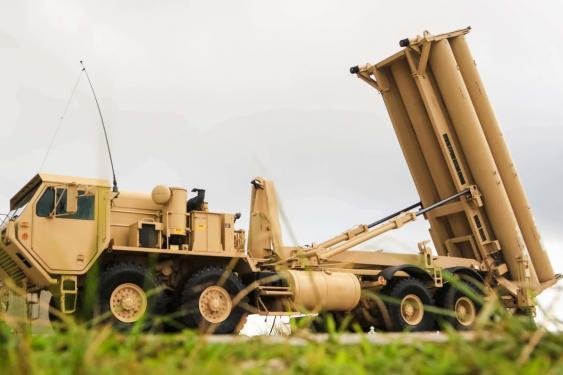Lockheed Martin has been awarded a contract for continued support of deployed THAAD anti-ballistic missile systems. The system is pictured above at Andersen Air Base in Guam. Photo by Capt. Adan Cazarez/U.S. Army
July 19 (UPI) -- Lockheed Martin Missiles and Fire Control is to receive a $164 million contract modification for continued support of deployed Terminal High Altitude Area Defense systems.
The modification, announced Wednesday by the Department of Defense, increases the total value of the program $561 million to $725 million.
Under the new deal, Lockheed will continue to provide logistics, in theatre support, software support, missile support and security and engineering services, the Pentagon said.
The modification also includes activity related to the International Engineering Services Program and Field Surveillance Program.
The work will be performed in Huntsville, Ala., Sunnyvale, Calif., Grand Prairie, Texas, and Troy, Ala. The orders will continue until March 2019, though no orders were issued with the new modification.
The Terminal High Altitude Area Defense system is designed to intercept incoming enemy ballistic missiles as they begin their terminal descent phase in low space and the upper atmosphere.
It is designed to easily integrate its sensor and targeting data with other ballistic missile defense systems such as the Patriot PAC-3 ground based missile and the AEGIS Standard Missile-3 ship-based interceptor. This provides layered defenses at different stages of the enemy missile's flight.
The interceptor uses its own kinetic energy to directly impact and destroy the missile in a "hit-to-kill" method rather than the blast-fragmentation proximity warhead used on most surface-to-air missiles.















